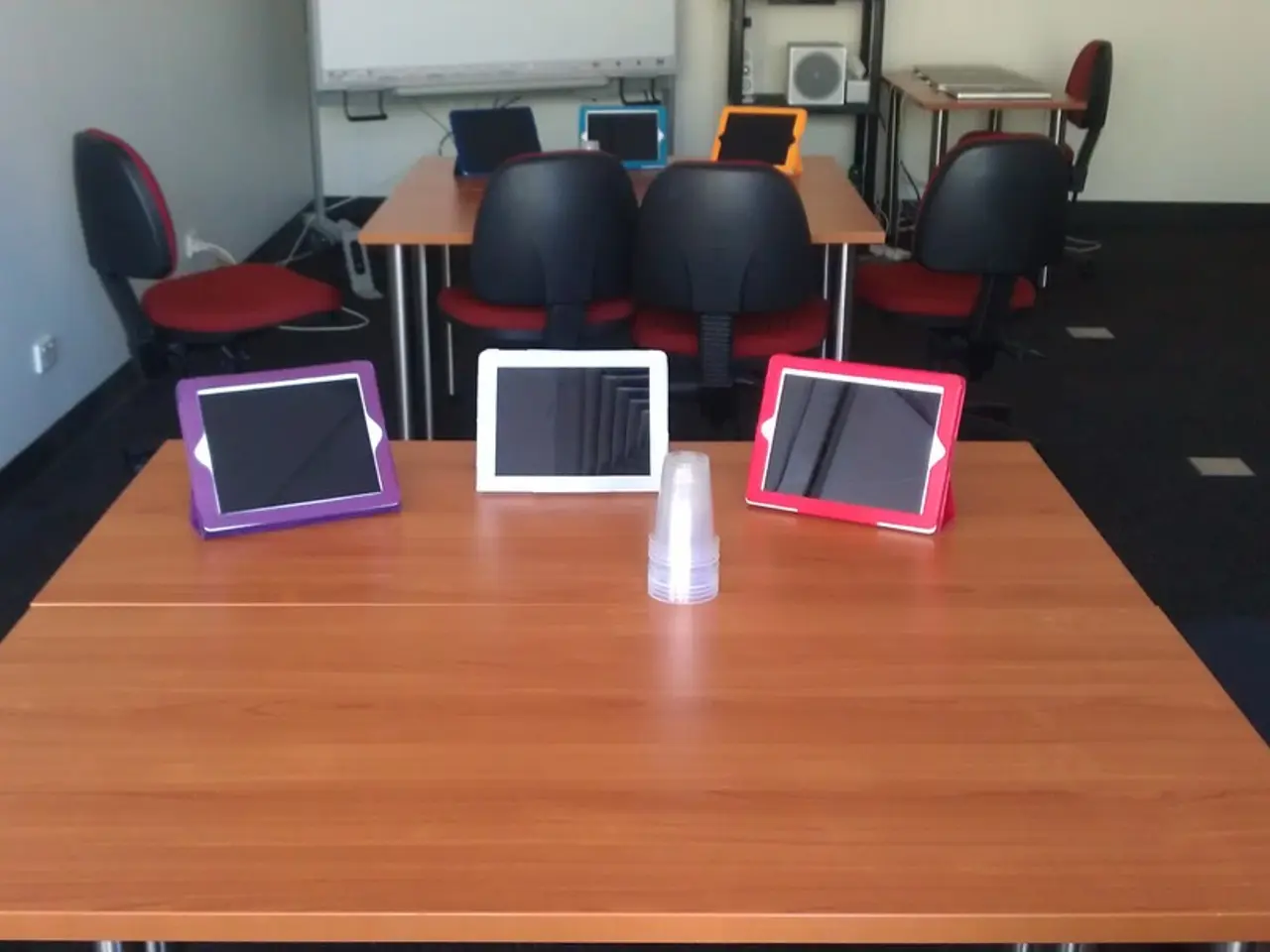Exploring the potential impact of iPadOS 26 on Apple's most budget-friendly tablet: Our insights revealed
New iPadOS 26 Brings Mac-like Productivity Features to Entry-level iPads
The latest update to iPadOS, version 26, is now available, and it's bringing a host of productivity features to the entry-level iPad. The new software introduces a more macOS-like approach to handling in-app functionalities, aiming to streamline workflows and enhance multitasking capabilities.
One of the key changes is the introduction of a Mac-style windowing system. Users can now open multiple app windows, drag and overlap them freely on the screen, and use multiple tiling layouts (2, 3, or 4 apps simultaneously). This feature, previously limited to higher-end iPads, is now accessible on the entry-level iPad, making it a more powerful tool for general productivity.
Another significant upgrade is the inclusion of Stage Manager. This feature, which groups multiple apps for efficient multitasking, is now available on all iPads compatible with iPadOS 26, including the entry-level 8th-generation iPad and later.
Background Tasks with Live Activities are another new addition. Intensive apps can now run processes in the background even if not active onscreen, with progress shown via Live Activities on the top of the screen. This feature, which is available for the first time on iPad, could greatly improve productivity by allowing users to keep track of ongoing tasks without constantly switching between apps.
The new iPadOS 26 also introduces a three-button window sizing and tiling control, borrowed from macOS. This system allows for resizing app windows freely and saving them in multi-app clusters, providing a relief from the stiff drag-to-resize system on iPad software.
The menu bar design in iPadOS 26 is similar to macOS, but with a disappearing menu bar item list at the top. Each app can now flesh out its tools in the form of a menu bar at the top, which could lead to less clutter in apps. However, the external display support is not available on the baseline iPad, and the UI doesn't pan out across the entire external display.
The changes introduced in iPadOS 26 are expected to be beneficial for users within the Apple ecosystem, regardless of whether they are using an iPad Pro or the entry-level iPad. The userbase has expressed extreme happiness with the new features and design elements in iPadOS 26 on their budget iPad.
However, the new design language and menu bar approach in iPadOS 26 may not be straightforward for developers to adopt, especially those who want to maintain a consistent design language across multiple platforms.
Despite these advancements, more expensive iPad models like the iPad Pro and iPad Air enjoy greater multitasking capacity, better performance for demanding workflows, display and input advantages, and more robust Apple Intelligence (AI) features due to their superior hardware. This makes the entry-level iPad a highly capable device for general productivity, while more expensive iPads remain better suited for power users and intensive workflows.
In summary, iPadOS 26 significantly narrows the productivity feature gap by bringing advanced multitasking, Stage Manager, and background task processing to the entry-level iPad. The new design language and menu bar approach may take some time for developers to adapt to, but the benefits for users are clear.
The introduction of a Mac-style windowing system and Stage Manager in the iPadOS 26 update makes the entry-level iPad a more powerful tool for general productivity, allowing users to multitask efficiently using multiple app windows. This update also introduces Background Tasks with Live Activities, enabling users to keep track of ongoing tasks without constantly switching between apps on their smartphones and other gadgets powered by technology.




